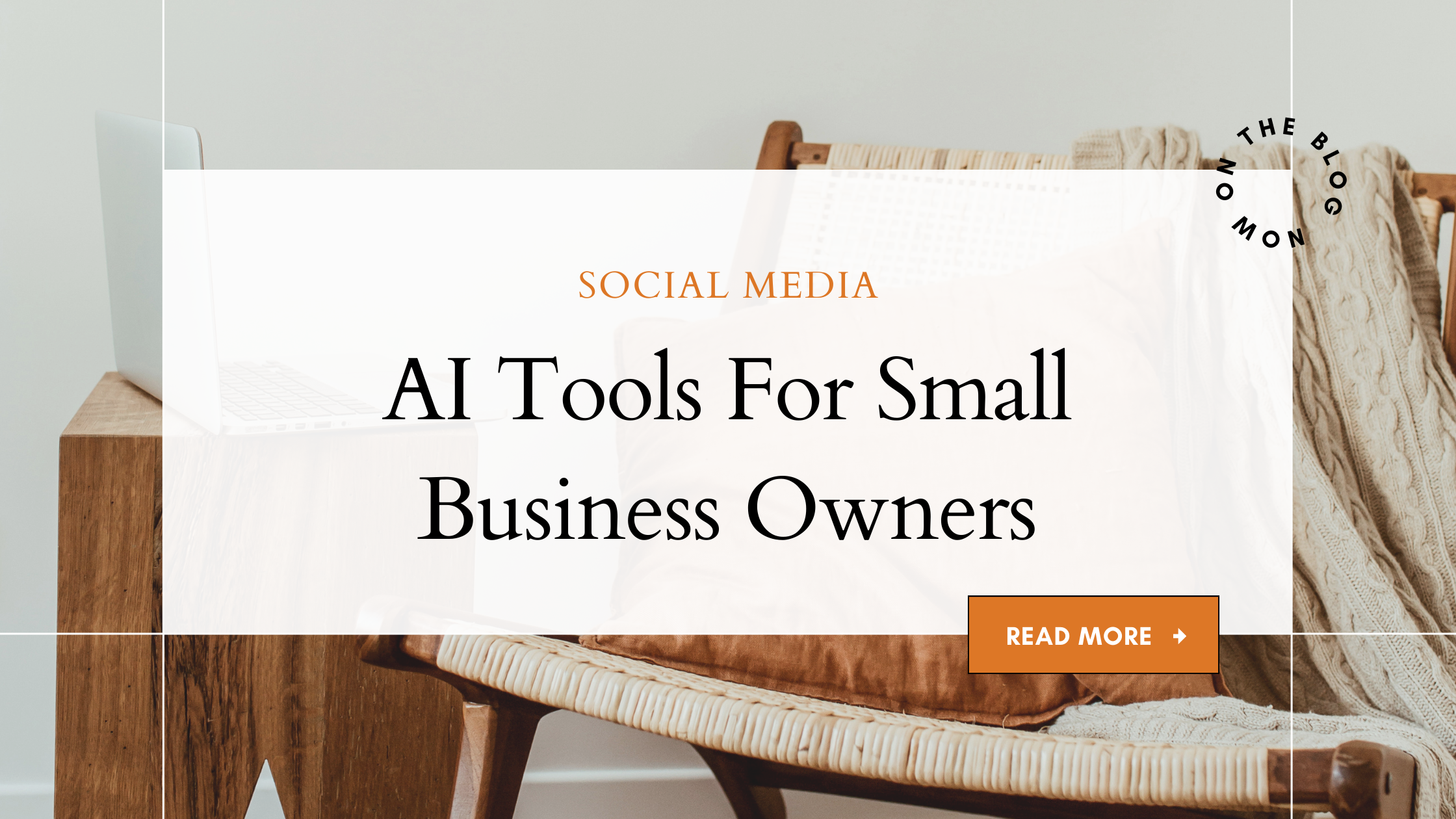Welcome to the blog
Dealing with unhappy clients is a universal challenge in business. For photographers, clear communication and setting expectations from the start are vital. Informative blog posts and clear policies help prevent misunderstandings. Effective client relations not only resolve current issues but also transform dissatisfaction into loyalty, ensuring long-term success.
June 25, 2024
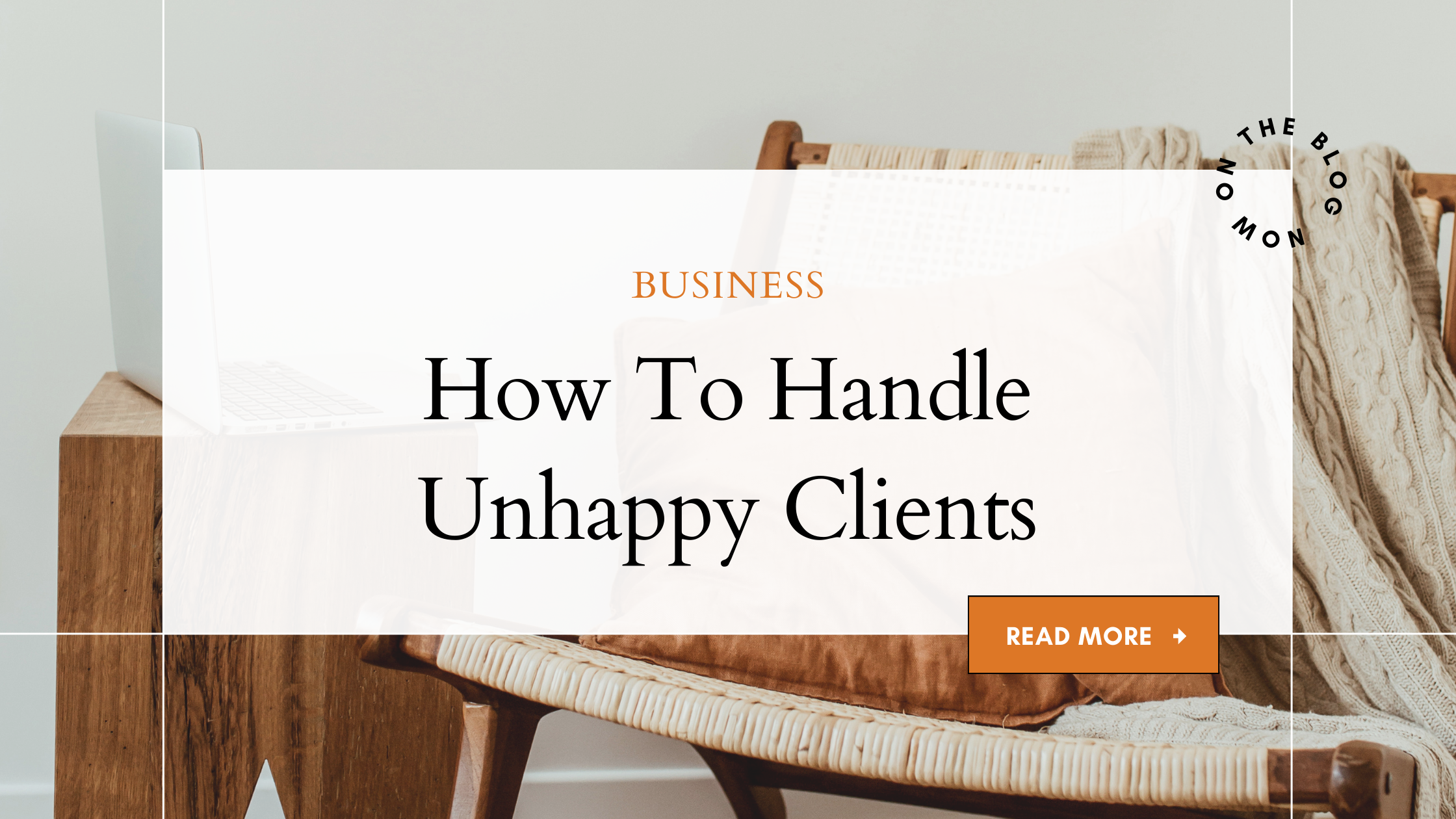
Summer brings both joy and challenges, requiring a balance between business and family life. Establishing a flexible schedule, planning ahead, involving kids in work, and taking breaks are key strategies. Embrace the unpredictability, share experiences, and aim to thrive, not just survive. Enjoy a productive, joyful summer with your family.
June 11, 2024
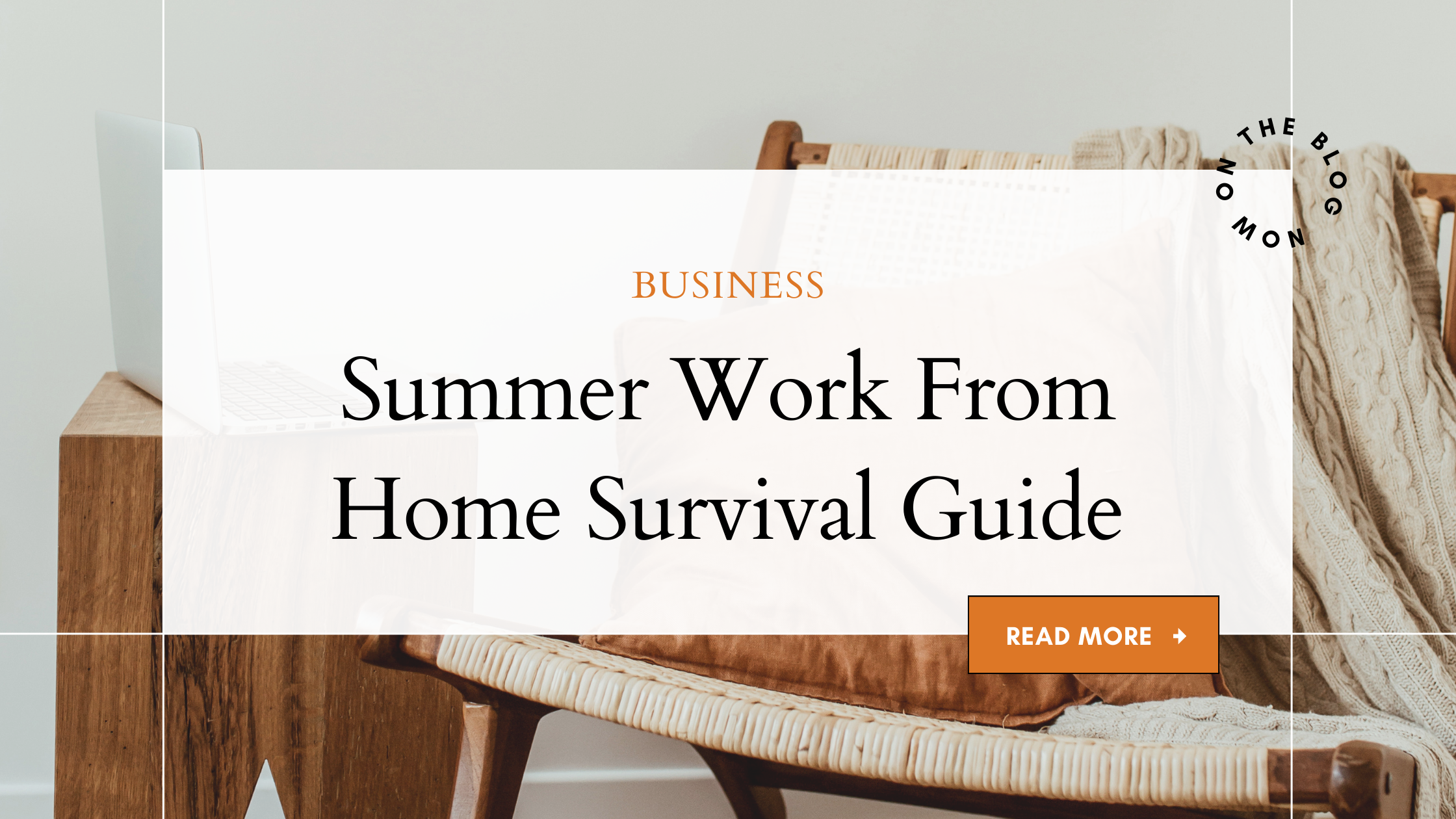
A dedicated website remains essential in a social media-dominated world. It establishes a professional online presence, provides a comprehensive hub of information, and allows for complete control over brand narrative. Although free website builders exist, investing in a paid platform tailored to specific needs enhances long-term business growth and visibility.
May 30, 2024
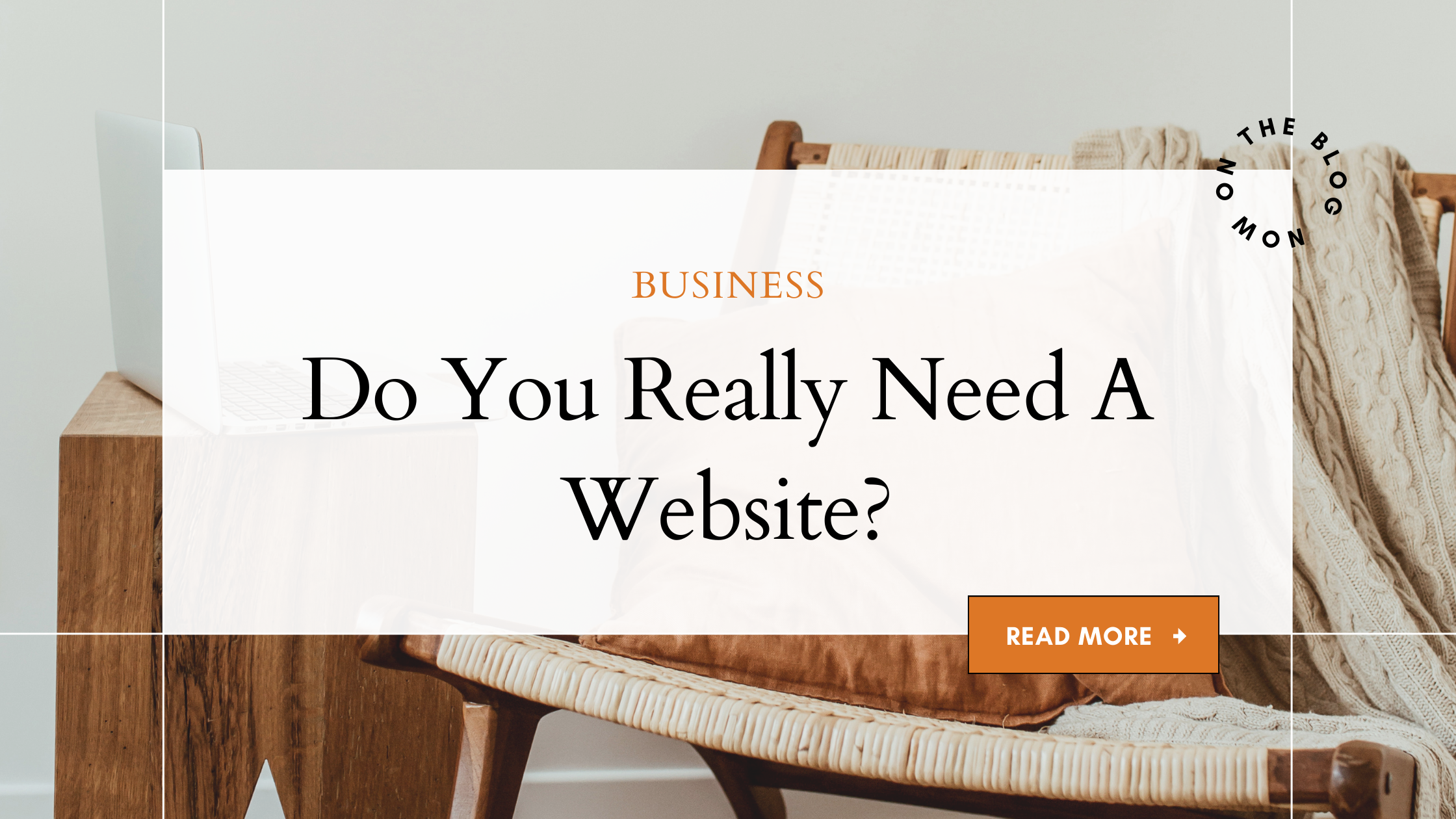
The post highlights an insightful chat with business coach Brittni Schroeder, focusing on her transition from photographer to entrepreneur. She emphasizes the value of email marketing, nurturing email lists, and balancing valuable content with sales. Brittni advises starting simple with sales funnels and leveraging analytics, multi-platform strategies, and community engagement for business growth.
May 30, 2024
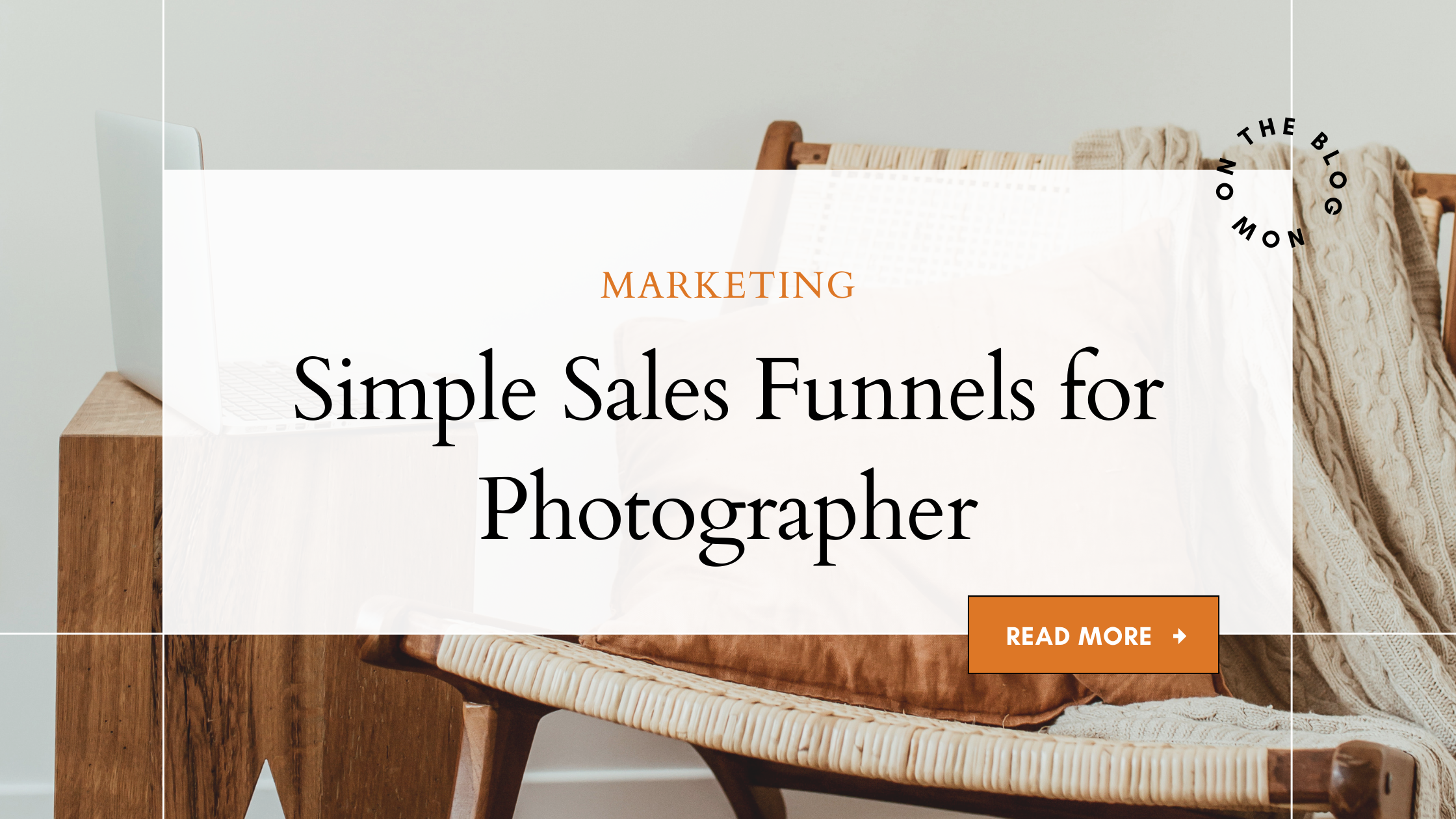
If you’re an artist looking to monetize your skills, explore digital products like mini-courses, templates, and guides tailored to your audience’s needs. Effective marketing through platforms and social media can boost visibility. Quality and authenticity are crucial. Harness digital opportunities to create passive income and grow your business.
May 30, 2024
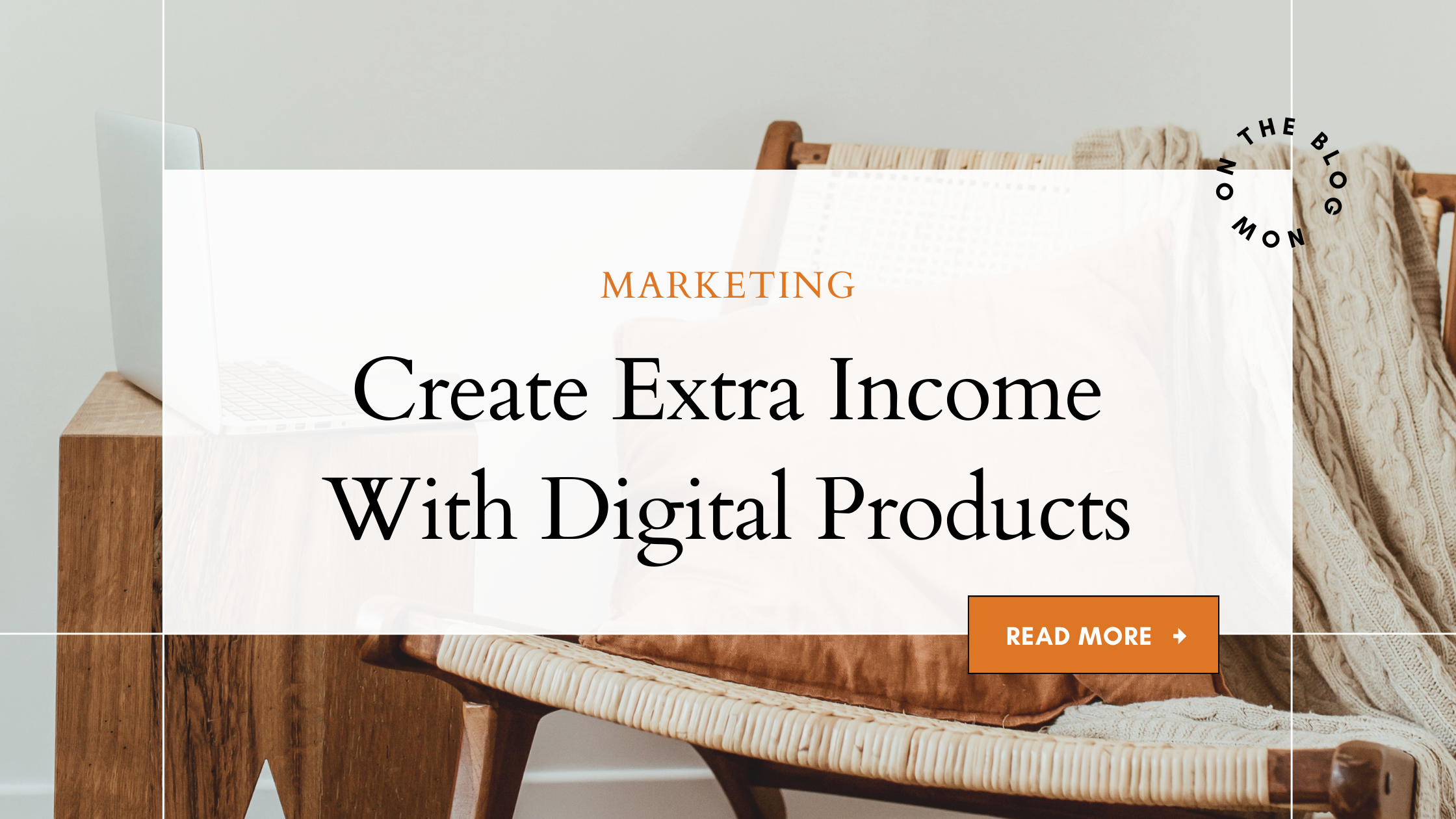
In 2024, social media marketing focuses on authenticity, high-quality personalized content, and precise language for social media SEO. Offline collaborations enhance brand exposure, while AI tools improve engagement. Balancing automation with human interaction is essential. Adapting to these trends helps brands build a compelling online presence and succeed in a dynamic market.
May 30, 2024

Small business owners must decide between organic and paid marketing. Organic marketing, involving SEO, blogging, and networking, builds long-term trust and loyalty but requires time and effort. Paid marketing, including social media and search engine ads, offers quick exposure but can be costly and has challenges. A balanced approach may be ideal.
May 30, 2024
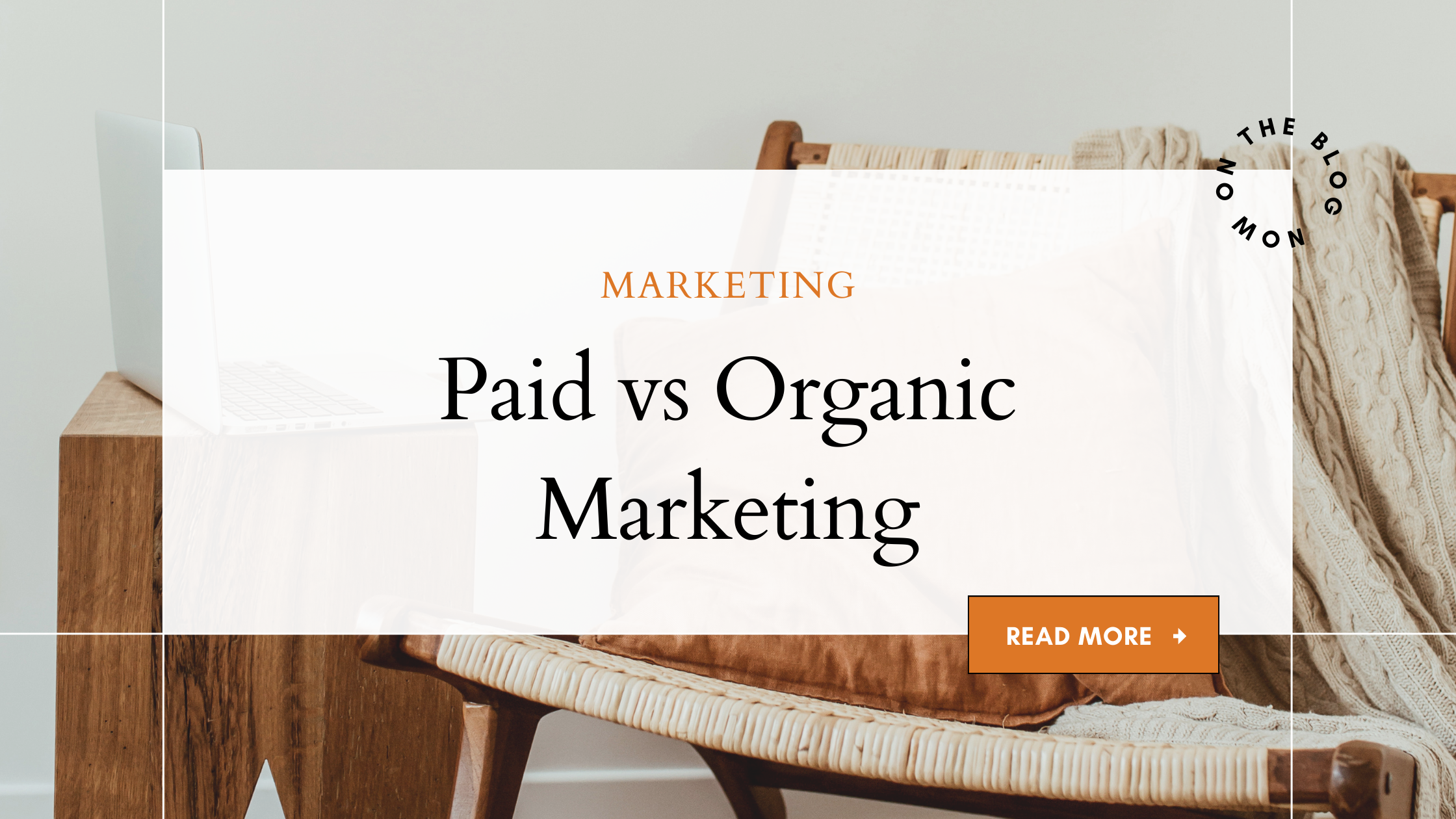
In a recent episode of the Girl Means Business podcast, host Kendra Swalls and transformation coach Ludovica Coelho discuss overcoming imposter syndrome among millennial women. They explore its effects, Dr. Valerie Young’s theory on imposter archetypes, and provide strategies for dismantling internal barriers. They highlight the dangers of perfectionism and the importance of assertiveness, concluding with the crucial roles of self-care and boundary-setting in personal empowerment.
May 22, 2024

Today’s discussion emphasizes the importance of identifying your Unique Selling Point (USP) to differentiate your business. Unlike a niche, which defines your market, the USP adds a special element that enchants clients, providing services like VIP treatments and personalized experiences. Successfully crafting a USP involves understanding customer feedback, drawing inspiration from favorite brands, and deeply knowing your audience to create a tailored experience that attracts and retains clients, propelling your business to new heights.
April 30, 2024
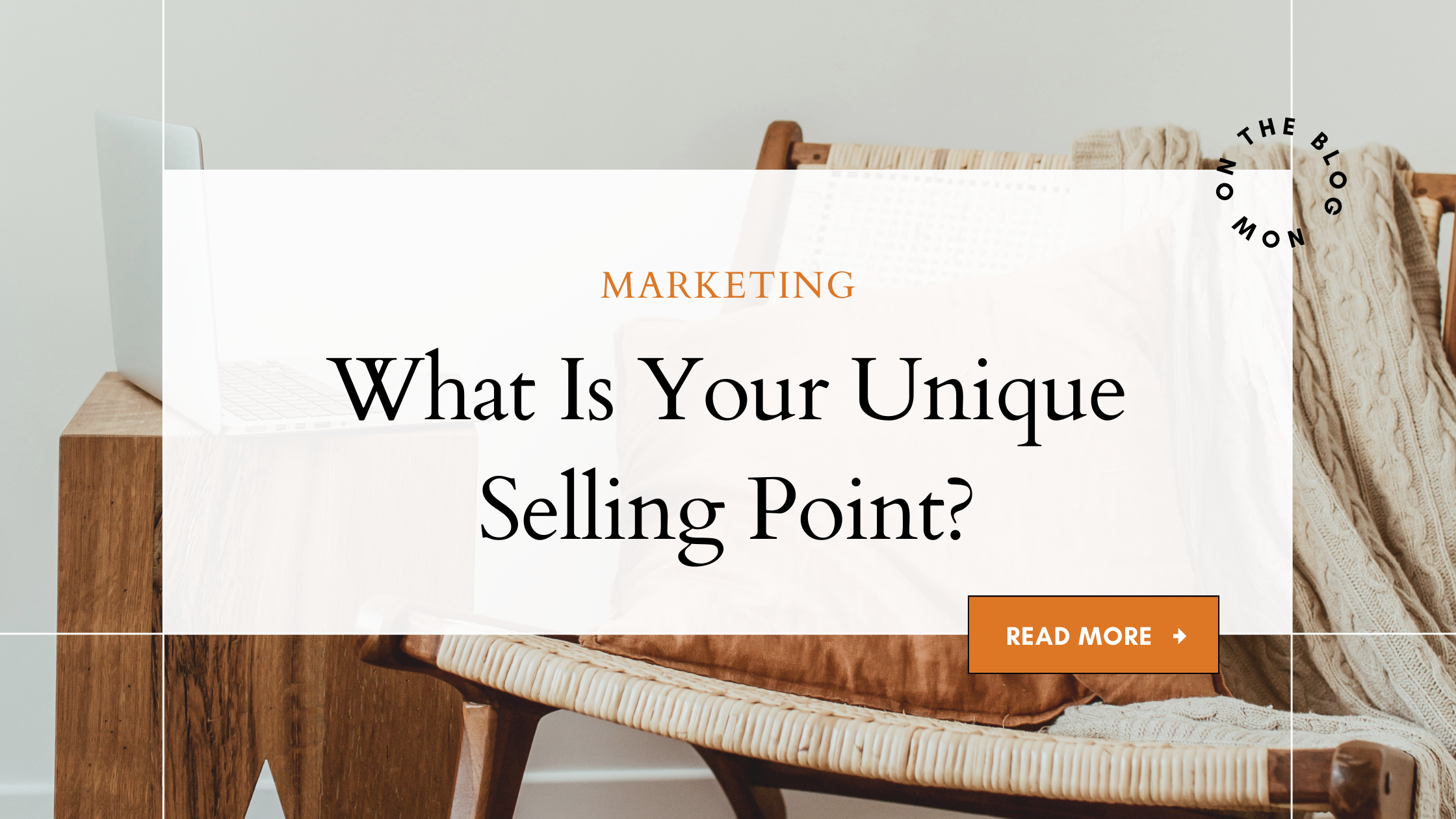
Small business owners often struggle with managing various tasks, particularly in content creation and design. The recent “Girl Means Business” podcast episode discusses how Artificial Intelligence (AI) can alleviate these challenges. AI tools can generate engaging content, streamline designs, automate customer service, and provide valuable business insights. This episode encourages entrepreneurs to integrate AI into their business strategies, promising significant operational improvements and opportunities for growth.
April 3, 2024
